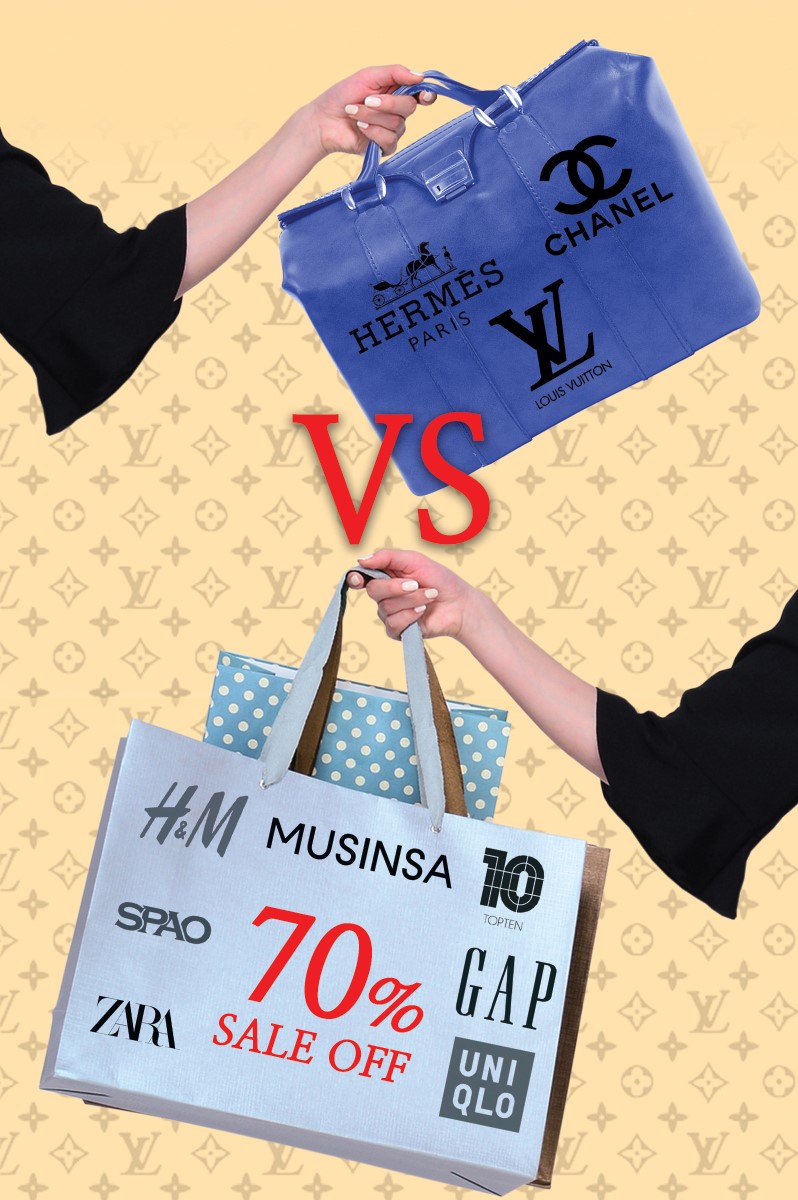Korea's Consumer Polarization: Strategies for Global Entrepreneurs

In the ever-evolving landscape of consumer behavior, South Korea has witnessed a notable phenomenon - the striking polarization in consumption habits. This shift has profoundly influenced purchasing patterns, emphasizing a dualistic preference for both high-end luxury products and significantly discounted items. This article aims to provide a comprehensive understanding of this consumption polarization in Korea, focusing on its impacts, opportunities, and recommended strategies for global entrepreneurs and investors to navigate this distinct market characteristic.
Understanding Consumer Polarization in South Korea
At the heart of consumer behavior in South Korea lies the Veblenian theory of conspicuous consumption. The country's consumption landscape reflects a distinctive pattern where individuals assert their societal class affiliation or aspirations by visibly showcasing their wealth. This behavior is underpinned by the influences of industrialization and capitalism, which have created a societal context where differentiating classes through consumption becomes increasingly challenging.
The consequence of this scenario is a fascinating and challenging consumption landscape where the elite aspire to distinguish themselves from lower classes through conspicuous consumption. An upward trend in luxury consumption and the pursuit of new high-end products is evident, accompanied by an intriguing inclination toward rational consumption, emphasizing the intrinsic value of products in response to income polarization.
The Impact of Polarized Consumer Behavior
This polarization has led to a dichotomous marketplace. On one side, the soaring demand for high-end luxury products, such as foreign brand handbags and imported cars, stands in stark contrast to the surging popularity of deeply discounted products, including nearly expired snacks or instant noodles. The disparity between expensive and cheap items creates a marketplace where consumer wallets open exclusively for such extreme ends.
With the high Consumer Price Index and the impact of inflation both domestically and globally, the repercussions of these economic factors are clearly reflected in consumer behavior. While high-income groups maintain or increase their consumption, middle and low-income households aim for cheaper products, ultimately widening the consumption gap. Retailer turnover also reveals this disparity, as department stores record significant growth compared to large supermarkets.
Strategies for Global Entrepreneurs and Investors
- Inclusive Product Ranges: Expanding product portfolios to accommodate varying consumer preferences is a critical strategy. Korean e-commerce giants like Coupang and Naver Smart Store have succeeded by offering a wide range of products, from luxury to cost-effective items. The success of this approach is reflected in their increased market share and diverse customer base.
- Technological Integration for Personalization: Leveraging technological advancements to personalize consumer experiences is paramount. Data-driven AI systems have been instrumental in tailoring shopping suggestions to individual preferences. An exemplary case is KakaoTalk's "Kakao Commerce" in South Korea, which employs AI to analyze user preferences and provide personalized shopping services, aligning with diverse consumer behavior patterns.
- Collaborative Alliances with Local Brands: Engaging in partnerships or alliances with local companies that cater to different consumer segments is a winning strategy. Companies like SK Telecom and Shinsegae have collaborated to establish “T Commerce,” a service that provides home shopping and AI technology. This collaborative effort effectively taps into the diverse consumer spectrum in Korea.
These strategies provide a solid foundation for global entrepreneurs and investors to effectively navigate the Korean market, leveraging the polarized consumer behavior to their advantage and ensuring sustainable growth and success in the region.
Conclusion
In conclusion, the state of consumer polarization in South Korea reflects a multifaceted landscape influenced by societal shifts, economic fluctuations, and technological innovations. The evolving consumer behavior in the region, characterized by stark contrasts in spending preferences and income segments, underscores the necessity for nuanced market approaches. This phenomenon has presented significant challenges but also remarkable opportunities for global entrepreneurs and investors seeking to penetrate the Korean market. Understanding the layers of this intricate consumer paradigm is key to success, demanding strategic adaptability and a robust understanding of the diversified consumer culture in South Korea.
Leveraging such expertise becomes imperative in navigating the intricate consumer landscape in the region, ensuring a successful market entry and sustainable growth. The complexities of consumer behavior underscore the need for a tailored approach, and Pearson & Partners stands as a reputable ally to assist in devising strategies aligned with this nuanced market scenario. Contact for expert guidance in entering the dynamic and diverse consumer market in South Korea.
.png?width=1656&height=121&name=rsz_%EB%A1%9C%EA%B3%A0%ED%88%AC%EB%AA%85%20(8).png)

